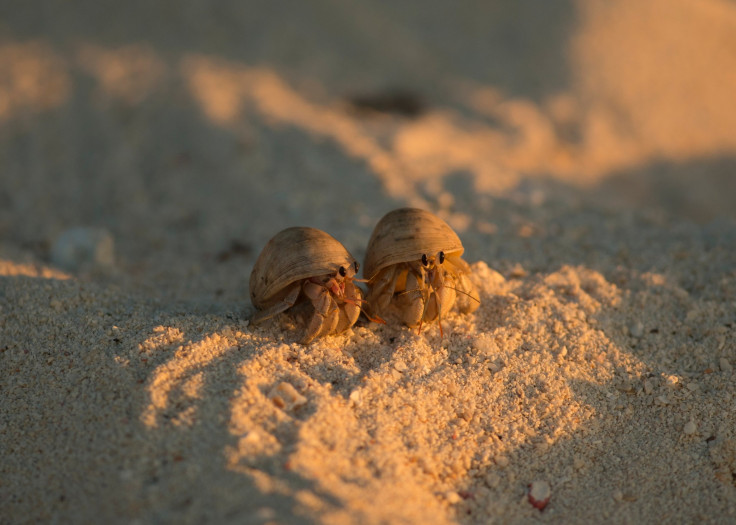New research claims that crabs become sexually excited by plastic pollution, but not in the way you might think. The findings suggest that the crabs are attracted to the trash since it smells like their food, which is unfortunate and a strong warning about how garbage affects marine life.
A study published in the journal Marine Pollution Bulletin claimed that oleamide, a chemical spilled from marine plastic pollution that transpires naturally in many animals, appears to stimulate crabs. That's possible because they associate the molecule with food.
Scientists from the University of Hull authored the report based on their analyses of 40 crabs found off the peninsula of Yorkshire, England. The authors discovered that when the crustaceans were exposed to low material concentrations, their hearts began to race, indicating excitement.
"Our study shows that oleamide attracts hermit crabs," PhD candidate Paula Schirrmacher, who worked on the report, said in a statement. Schirrmacher, citing their study, claimed that additive leaching may substantially influence marine life's attraction to plastic.
The findings were not entirely unexpected. Oleamide is a naturally present molecule in animals that appears to affect sleep and other chemical reactions. It is added to plastic to give it the slip and lubrication. Some people take oleamide as a nootropic supplement, hoping it will improve their brain health or help them sleep better.
Oleamide resembles a molecule released by some decomposing animals. That means scavengers like hermit crabs may travel long distances after smelling what they think is dinner, only to find plastic waste instead. This could result in hermit crabs spending more time near plastic and ingesting it, which is bad news. According to previous studies, plastic exposure damages the organisms' cognitive capacities, making them unable to choose the best shells to dwell in. As a result, they may become much more vulnerable to predators.
Jorg Hardege, a chemical ecologist at the University of Hull who worked on the study, believes the confusion about the crabs' attraction added. He said that one of his students discovered that oleamide is a "sex attractant" for male shrimps, and his university misinterpreted the findings. However, some studies have found that seagulls are drawn to plastic because it smells like food. More study has revealed that plastic appears to attract turtles and other marine species. Still, the reason for this has not always been apparent.
But, he said, the most critical component of this study wasn't figuring out precisely what attracted hermit crabs to plastic. It's a problem that it's attracting them in the first place.
Whether they are fooled into thinking it is food or a sexual partner is actually less important than the fact that nobody even considers such behavior-modifying 'side effects' when industrial products are made and evaluated for environmental impacts, he said that an oversight that is certainly contributing to the problem of plastic and microplastic in the oceans.

© 2025 Latin Times. All rights reserved. Do not reproduce without permission.





